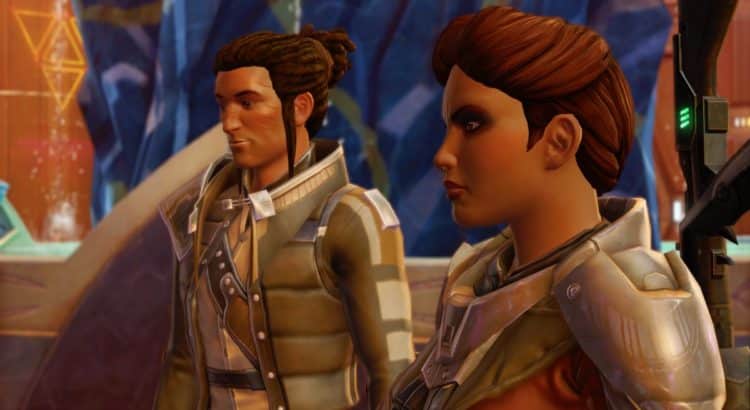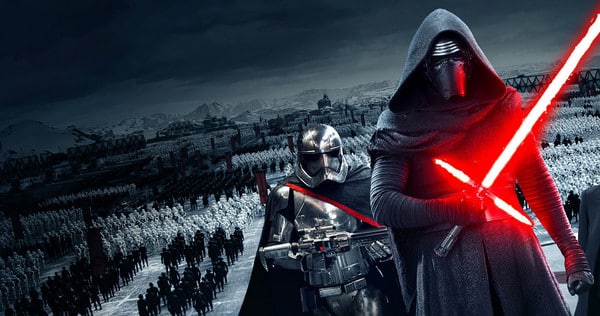In the wake of the recent transfer of Star Wars: The Old Republic from BioWare to Broadsword, the fanbase has been left in a state of uncertainty. The transition, while potentially beneficial in the long run, has understandably caused concern among the game’s dedicated players. As the dust settles, the question arises: what can the reformed Broadsword team do to reassure a shaken fanbase and generate enthusiasm for the future of SWTOR?
Over the past half-decade, SWTOR has had its fair share of turbulence. The Eternal Throne expansion, initially well-received, eventually became a burden that the game struggled to shake off. This, coupled with skimpy expansions, questionable business decisions, content droughts, and underwhelming patches, has left the fanbase feeling jaded.
The current situation, involving the transfer of the game between studios, a reduction in the development team, and the uncertainty of what’s to come, has only added to the unease. However, it’s crucial to remember that change, while often unsettling, can also bring about new opportunities.
As the Broadsword team begins to navigate this new landscape, their primary task is to generate confidence and enthusiasm in the game’s future. This will require open and honest communication with the fanbase. The team has already taken steps in this direction with a FAQ and some assurances about the game’s immediate future. However, this should be just the beginning.
The developers need to approach the fanbase with a potent mixture of humility and confidence. This is an opportunity for the team to step out of BioWare’s shadow and get fans fully on board and invested with the future of the project. Regular updates, even if they’re just about settling into Broadsword’s realm, will help build essential bridges of transparency and trust.
In addition to this, SWTOR will need to take steps to rebuild and grow its fanbase. This will involve proving itself to the veteran players while also providing something exciting and noteworthy for potential players. A good first step could be rethinking the business model, especially with the switch over to Broadsword. Improving the problem areas of SWTOR’s business model could foster goodwill among the community.
The team should also communicate more about content cadence. A leaner team can still create a significant amount of content for a game if given the right tools and freed from onerous constraints. Many players have expressed that they would be willing to trade voice acting for more frequent patches.
For the first year, these steps could be enough. Keep the game running, improve its business model, ensure the tech upgrades stick, and release more patches than in the previous 12 months. Beyond that, however, SWTOR will need to think bigger. This could involve new storylines that revisit older planetary zones, a brand-new class or combat styles, or even fulfilling some of the community’s “most wanted” requests.
What’s crucial for the game’s health is that it needs to stay in the spotlight with positive actions and direction. It needs to say what it’s going to do — and then carry out that vision to show that it’s a trustworthy entity. As we strap ourselves in for the jump to hyperspace, it’s clear that the future of SWTOR lies in the hands of both the developers and the dedicated fanbase.






